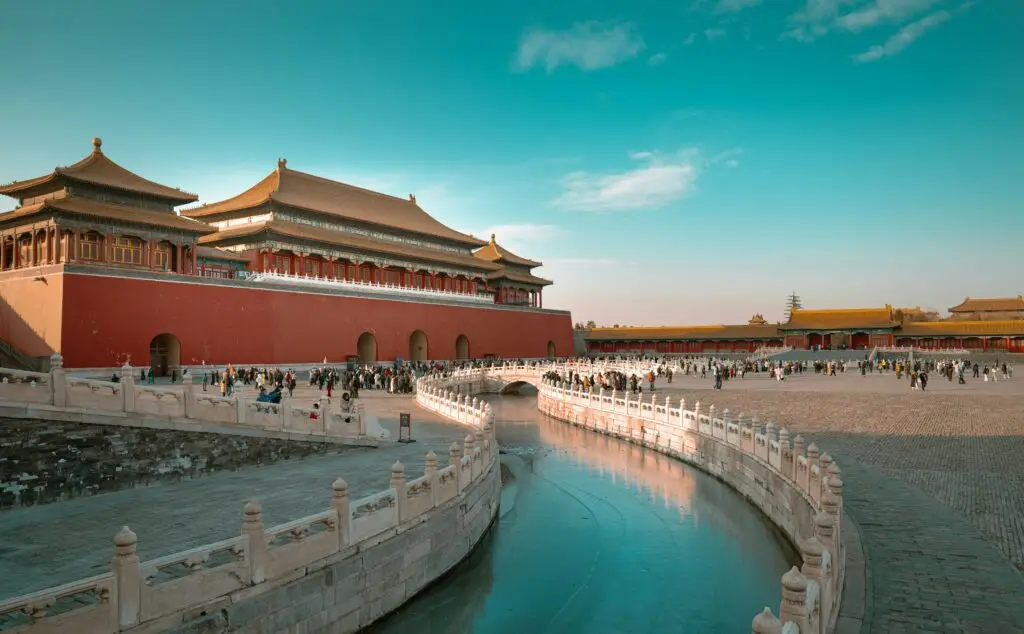Few places in China embody elegance and refinement quite like Suzhou. Known as the “Venice of the East,” this historic city has been celebrated for centuries as a center of culture, artistry, and delicate beauty. Its canals, gardens, and traditional architecture together form a living masterpiece, reflecting China’s timeless pursuit of harmony between humanity and nature.
 At the heart of Suzhou’s identity are its classical gardens, recognized as UNESCO World Heritage Sites. These gardens are not grand in scale, but in philosophy. The Humble Administrator’s Garden is a prime example, where winding pathways, lotus-filled ponds, and graceful pavilions create an ever-changing landscape. Each turn reveals a new framed scene, much like a scroll painting brought to life. The Lingering Garden offers another vision of this artistry: elegant rockeries, tranquil courtyards, and corridors adorned with intricate lattice windows that transform each step into a poetic experience. These gardens were designed not only for leisure but for reflection, embodying the values of balance, serenity, and subtle beauty.
At the heart of Suzhou’s identity are its classical gardens, recognized as UNESCO World Heritage Sites. These gardens are not grand in scale, but in philosophy. The Humble Administrator’s Garden is a prime example, where winding pathways, lotus-filled ponds, and graceful pavilions create an ever-changing landscape. Each turn reveals a new framed scene, much like a scroll painting brought to life. The Lingering Garden offers another vision of this artistry: elegant rockeries, tranquil courtyards, and corridors adorned with intricate lattice windows that transform each step into a poetic experience. These gardens were designed not only for leisure but for reflection, embodying the values of balance, serenity, and subtle beauty.
Suzhou’s architecture carries the same refined charm. Traditional houses feature whitewashed walls, black-tiled roofs, and carved wooden panels, their courtyards arranged to reflect family life and Confucian ideals. Along Pingjiang Road, historic residences, tea houses, and stone bridges line a canal that still flows with the rhythms of old Suzhou. The city’s architectural language speaks softly, never overwhelming its natural surroundings, but instead complementing them with simplicity and grace.
Suzhou’s cultural legacy extends beyond its gardens and homes. It has long been celebrated as the heart of China’s silk industry, a reputation it has held since ancient times. At the Suzhou Silk Museum, travelers can trace this history, from silkworm cultivation to the weaving of the luxurious fabric that once traveled across the Silk Road. The delicate artistry of silk weaving remains a living tradition here, much like the gardens and canals.
Historic temples and pagodas add another layer of depth to the city’s heritage. The Hanshan Temple, immortalized in Tang dynasty poetry, continues to attract visitors with the sound of its evening bell. On Tiger Hill, the leaning pagoda rises above rockeries and ancient tombs, a reminder of Suzhou’s thousand-year story.
Traveling through Suzhou is less about rushing from site to site and more about embracing a slower rhythm. The city invites visitors to step into a space where every detail has meaning and where beauty is found in balance rather than grandeur. Whether strolling along canals, wandering through a scholar’s garden, or pausing in a quiet temple courtyard, travelers discover not just a destination, but a philosophy of life—one rooted in harmony, reflection, and timeless elegance.
Suzhou is more than a city to see; it is a city to feel. Its gardens, architecture, and cultural traditions offer an enduring glimpse into the heart of classical China, making it an essential destination for those seeking to understand the roots of Chinese artistry and thought.
Practical Travel Tips for Suzhou
Best Time to Visit: Spring (March–May) and autumn (September–November) are ideal, when the weather is mild and gardens are at their most beautiful. Summer can be hot and crowded, while winter is quieter but atmospheric.
Must-See Gardens: Humble Administrator’s Garden, Lingering Garden, Master of the Nets Garden, and Lion Grove Garden (famous for its labyrinth of rockeries).
Other Highlights: Stroll along Pingjiang Road, visit Tiger Hill for its leaning pagoda, explore Hanshan Temple, and stop by the Suzhou Silk Museum.
Getting There: Suzhou is only about 30 minutes from Shanghai by high-speed train, making it a perfect day trip or overnight stay.
Travel Tip: To truly appreciate Suzhou’s gardens and canals, consider staying overnight—early mornings and evenings are far more peaceful once day-trippers have left.

